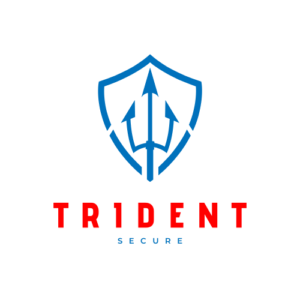Deciphering Zero-Trust in a Managed Security Framework
In the ever-changing world of cybersecurity, the dynamics are constantly shifting, demanding more robust and sophisticated approaches to data protection. For business owners, this evolution calls for a reevaluation of security strategies, particularly in the context of Managed Security Service Providers (MSSP) and Security Operations Centers (SOC). At the heart of this modern security transformation is the concept of Zero-Trust, a concept that redefines how we perceive network security. This guide aims to demystify Zero-Trust in the context of Managed Security and SOC for your business, offering practical insights for its implementation.
Zero-Trust is a strategic approach to cybersecurity that eliminates implicit trust in any element, node, or service within the network and outside of it. In the Managed Security model, Zero-Trust becomes a pivotal principle, guiding how security services are structured and delivered.
The principle of “never trust, always verify” is not just a tagline; it’s the foundational ethos of Zero-Trust. This approach is crucial in an era where cyber threats are not bound by the physical confines of traditional network perimeters.
The Role of SOC in Zero-Trust
A Security Operations Center (SOC) plays a critical role in the Zero-Trust framework. It acts as the nerve center where all network activities are monitored, analyzed, and responded to. Integrating Zero-Trust within the SOC enhances its capabilities, enabling it to more effectively identify and mitigate threats in real time.

Steps to Implement Zero-Trust with Managed Security and SOC Provider
1. Data and Asset Identification
Begin by identifying what needs protection. In a Zero-Trust model under Managed Security, it’s vital to understand the data flows, endpoints, and assets that form your business’s digital landscape. This understanding is foundational for SOC teams to monitor and protect these assets effectively.
2. Multi-Factor Authentication (MFA)
One of the cornerstones of Zero-Trust is robust identity verification. Managed Security often incorporates MFA, demanding multiple proofs of identity before granting access. This layer of security is critical in preventing unauthorized access and is a core function of SOC monitoring.
3. Principle of Least Privilege (PoLP)
Under Managed Security, PoLP is essential. Users are granted only the access necessary to perform their jobs, reducing the risk of internal threats and containing potential breaches. SOC teams can monitor user activities more effectively with clearly defined access permissions.
4. Microsegmentation
Incorporate microsegmentation to compartmentalize different sections of your network. This strategy is crucial in a Managed Security framework, allowing SOCs to isolate breaches and minimize their impact.
5. Continuous Monitoring and Analytics
SOCs leverage continuous monitoring and advanced analytics to detect and respond to threats. In a Zero-Trust architecture, this monitoring becomes even more nuanced, with SOC teams analyzing patterns and behaviors to identify potential threats.
6. Staff Training and Awareness
Managed Security isn’t just about technology; it’s also about people. Training your staff in Zero-Trust principles is essential. SOC teams can assist in this training, sharing insights on best practices and threat awareness.
7. Regular Policy Review and Adaptation
The cybersecurity landscape is never static. Regularly review and adapt your Zero-Trust policies to ensure they align with emerging threats and technologies. Managed Security providers can offer valuable insights and updates, ensuring that your business remains at the forefront of security innovation.
Conclusion
Integrating Zero-Trust within your Managed Security and SOC framework is a step toward a more resilient and proactive cybersecurity posture. It’s a commitment to ongoing vigilance and adaptation, ensuring that your business’s digital assets are protected against the ever-evolving threat landscape. In today’s world, where cyber threats know no boundaries, adopting a Zero-Trust approach is not just an option; it’s a necessity for safeguarding your business’s future.
If you have any further questions or require assistance in building your Zero Trust posture, don’t hesitate to contact SOClogix. Our team of experts is ready to provide guidance and support to safeguard your business against these threats. Together, we can strengthen your security posture and protect your valuable assets. Reach out to us today for a comprehensive solution tailored to your specific needs.






